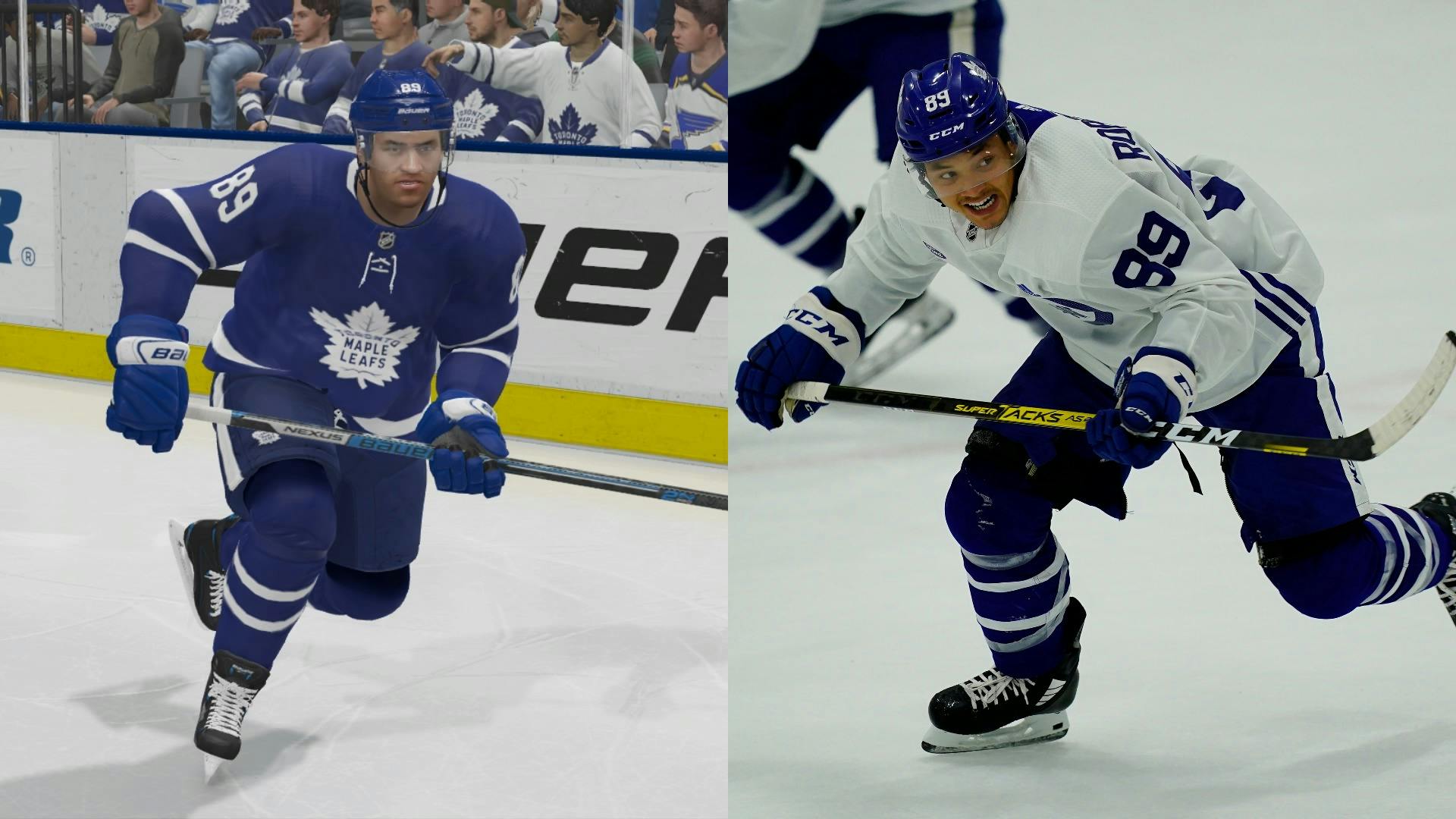Using NHL 20 to predict Nick Robertson’s career
Photo credit: © John E. Sokolowski-USA TODAY Sports
Aug 4, 2020, 10:30 EDT
Breaking News
- Former Panther Brandon Montour says Florida will be ready to respond in Game 3
- Panthers’ biggest stars have been quiet against Maple Leafs – but don’t expect that to last
- NHL betting preview (May 9): Maple Leafs vs. Panthers Game 3 predictions
- Brandon Montour reveals Toronto was a serious consideration in free agency last summer: Leafs Morning Take
- Craig Berube praises Chris Tanev’s shot blocking abilities ahead of Game 3 vs. Panthers
